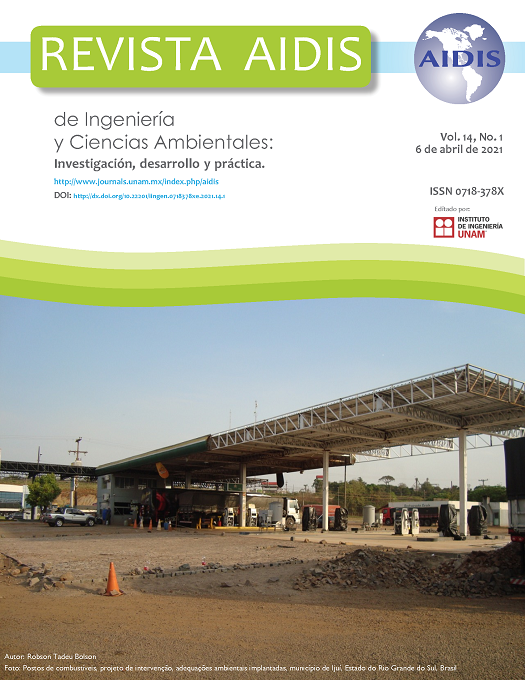UTILIZAÇÃO DO CACTO MANDACARU (Cereus jamacaru DC) COMBINADO À RADIAÇÃO SOLAR COMO ALTERNATIVA PARA TRATAMENTO DE ÁGUA
Contenido principal del artículo
Resumen
Water is a limited resource and indispensable for human survival, but also increasingly scarce, especially in the semiarid regions of Brazil. In this sense, the present work seeks to analyze the effectiveness of a simplified water treatment using Cereus jamacaru DC cactus combined with solar disinfection (SODIS). For that, a differentiated methodology was developed where the variables studied were the amount of cactus fragments used and the time of exposure to solar radiation, obtaining results in terms of turbidity, thermotolerant coliforms and pH of the sample. It was observed that the Cereus jamacaru DC was efficient in the treatment of water, reducing turbidity and biological contamination, with the application of SODIS potentializing the performance of the treatment. Better results were obtained for the treatment in which a greater amount of the cactus was used combined with 18 hours of SODIS. The findings allow us to conclude that the use of the Cereus jamacaru DC cactus for water treatment is possible and must be explored and better studied in order to standardize methodologies and optimize results.
